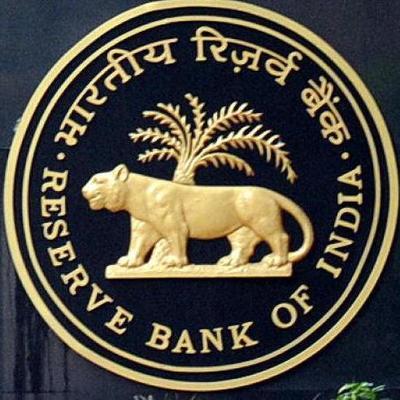
Everyone expected RBI to keep rates unchanged and that is what they did. What was a bit surprising however was the tone – which was not as hawkish as expected given the risks to inflation. It was perhaps just the right tone for the markets, that were unmoved by both the policy and the tone.
RBI’s estimate for inflation for the last quarter of 2017-18 has been increased to 5.1 due to rise in petrol and diesel prices. For 2018-19, the estimate is 5.1 to 5.6 per cent for the first half of the year and 4.5 to 4.6 per cent for the second half. Six factors have been listed that could result in higher inflation. These include HRA increases, further pressure on crude and commodity prices, changes in the Minimum Support Price policy, increase in customs duty, fiscal slippage and the return to more neutral monetary and liquidity policies in the advanced countries. Three mitigating factors listed are lower capacity utilisation, two way movement in oil prices and softening due to the production response and moderate rural real wage. Obviously, the RBI has preferred to just list the risks to inflation and wait for the data and more information, rather than take any pre-emptive action or make any pre-emptive noises in the policy statement.
Six factors have been listed that could result in higher inflation. These include HRA increases, further pressure on crude and commodity prices, changes in the Minimum Support Price policy, increase in customs duty, fiscal slippage and the return to more neutral monetary and liquidity policies in the advanced countries.
The outlook for growth (GVA) for 2017-18 has been only slightly reduced from 6.7 per cent to 6.6 per cent despite the CSO’s first advance estimates of 6.1 per cent, released as recent as in January 2018. For 2018-19, GVA is expected to grow at 7.2 per cent in 2018-19 with risks evenly balanced and this is in line with most projections made by others. Improved credit offtake, large resource mobilisation from the primary capital market, improving capital goods production and imports are taken as indicators that investment is reviving. Recap of public sector banks and the starting of the resolution process are expected to improve investment demand further. Export demand is positive but the overall demand could get dampened by higher oil and commodity prices. The indicators of higher private investment expenditure are still not very clear. In the context of low government capital expenditure projected in the budget, it is not clear from where the investment impetus for growth will come.
The RBI’s neutral stance on liquidity continues and that is welcome. Given the frictional rigidities in the day to day liquidity, dynamic management of liquidity using all tools is the only option and should be continued. Interestingly, the year on year growth in Reserve Money till end January 2018 was 50 per cent, due to remonetisation of the economy. Sources of increase in reserve money were evenly distributed between the increase in forex assets, net claims on banks and on the government. Going forward, the challenge of managing the impact of such huge reserve money growth will not be there as in the last year.
Improved credit offtake, large resource mobilisation from the primary capital market, improving capital goods production and imports are taken as indicators that investment is reviving. Recap of public sector banks and the starting of the resolution process are expected to improve investment demand further.
However, the challenges will come from increased volatility in capital flows, maturing bills under the Market Stabilisation Scheme, and managing the government’s market borrowing program. Debt management in the last year was much easier when credit demand was subdued, there was good demand from overseas investors and yields were stable. These conditions have changed. Given the excess SLR holding with banks, growing credit demand, subdued overseas demand, debt management will be a key challenge.
One could conclude and hope that all these factors are already priced in by the bond markets in the last months. The real challenge for debt managment will be to ensure that yields are not pushed up unduly, as this would have an impact on borrowing rates all around. The transmission of lower interest rates is usually much slower than the transmission of higher rates and an increase in lending rates all around would not augur well for growth. The year 2018-19 will be a testing time for the Monetary Policy Committee (MPC).
(Usha Thorat is a former Deputy Governor of the Reserve Bank of India)



